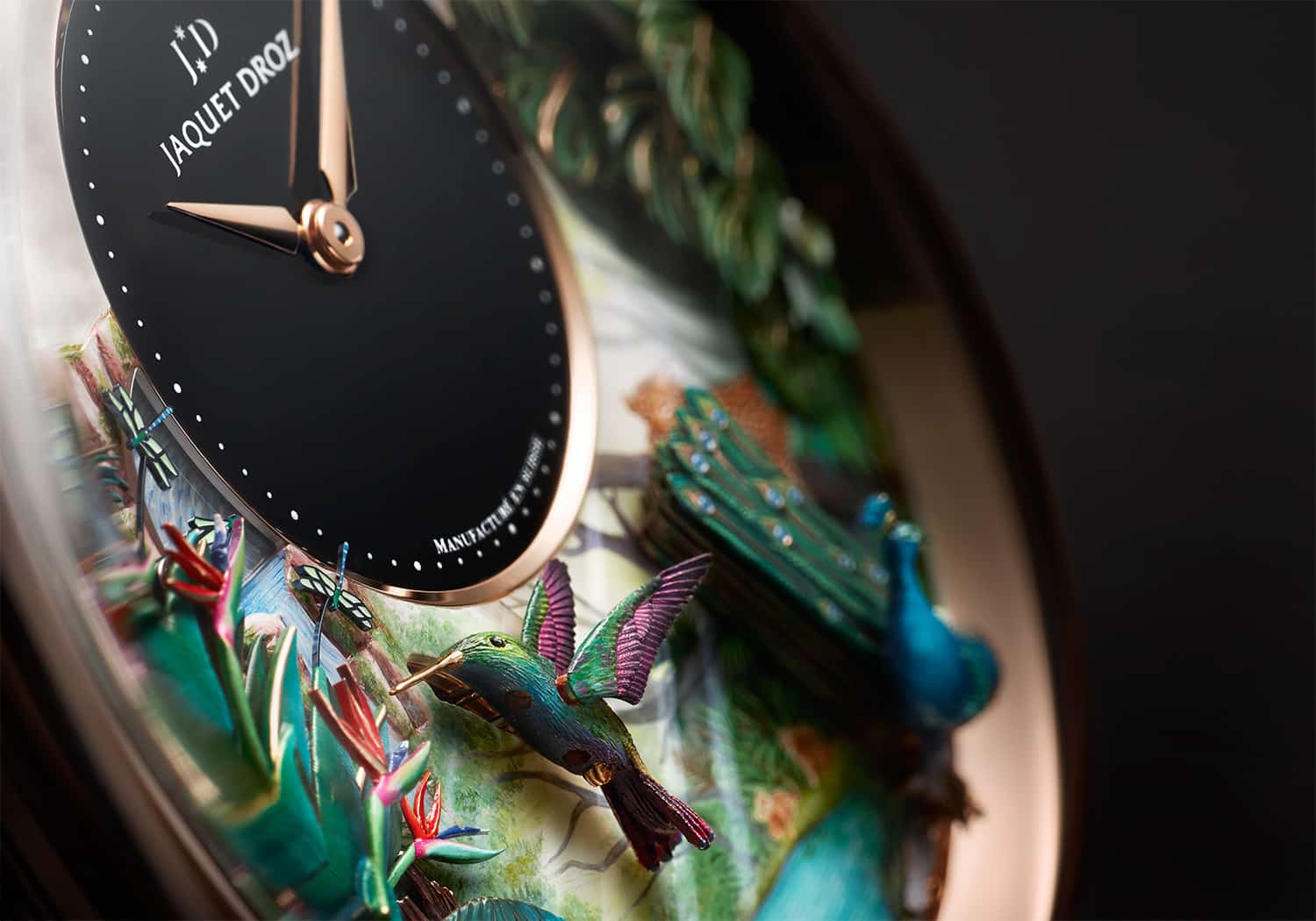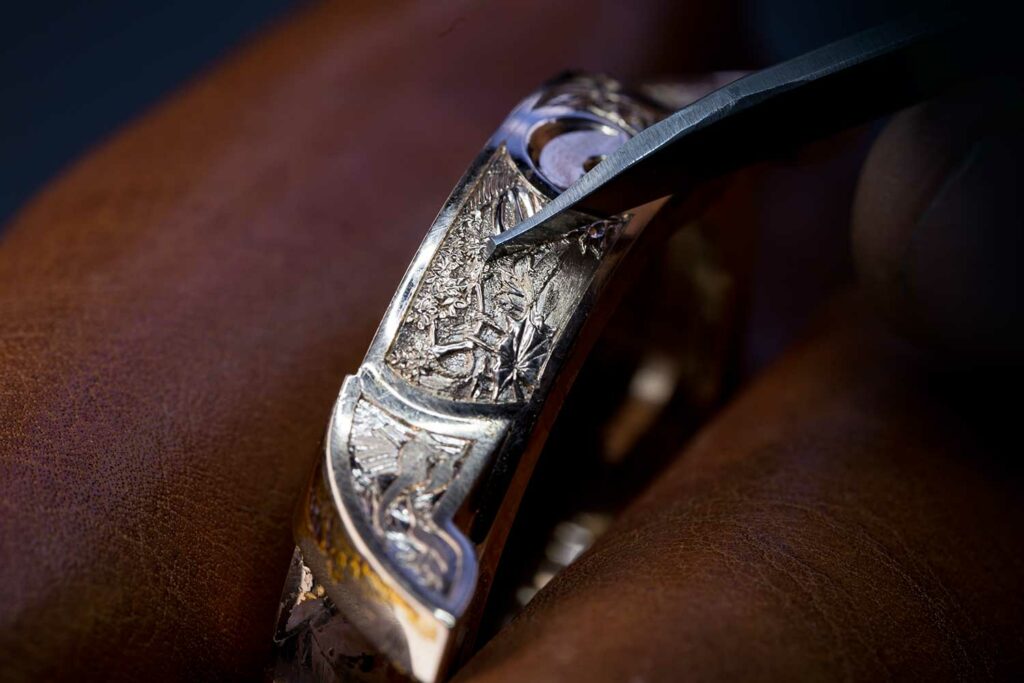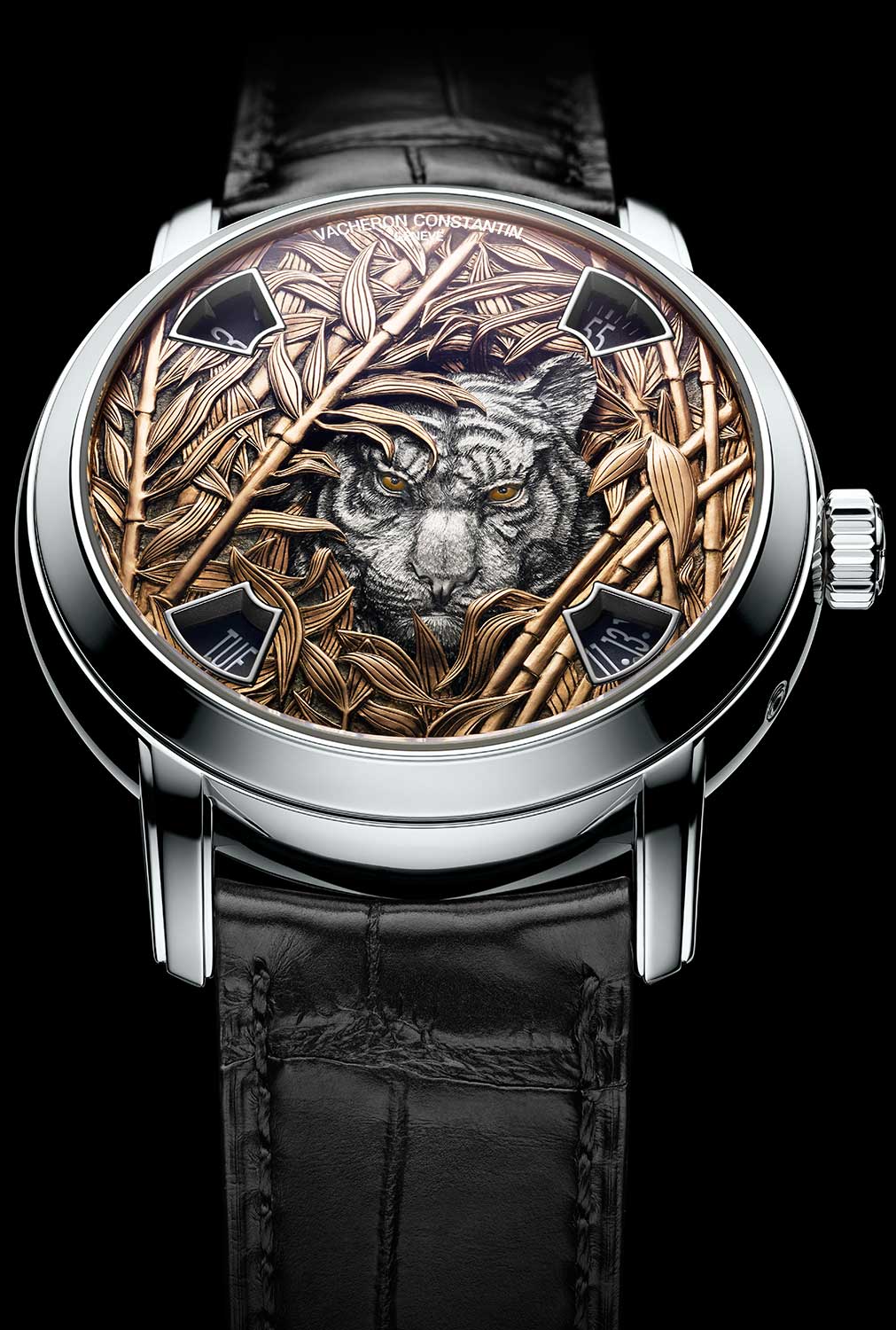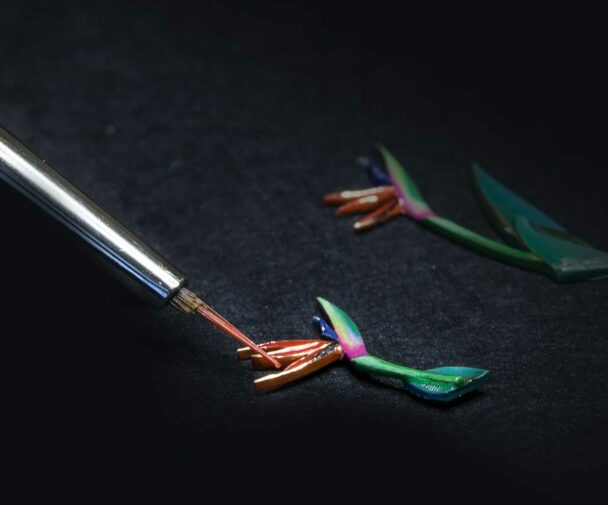
Much has been written about the mechanical side of complicated watchmaking. The complexities of executing new and innovative complications is the kind of thing that excites and inspires watch journalists and enthusiasts around the globe. Meanwhile, as simple as you would think a watch dial can be, there are brands out there whose dramatic handcrafted dials require more skill and hours of labor than the complex caliber it hides from view.




Those mastering these five techniques are few and far between. Unlike many practices in watchmaking, these skills can’t simply be industrialized, so the artistic side of luxury watchmaking results in rare handcrafts enjoyed for generations.




